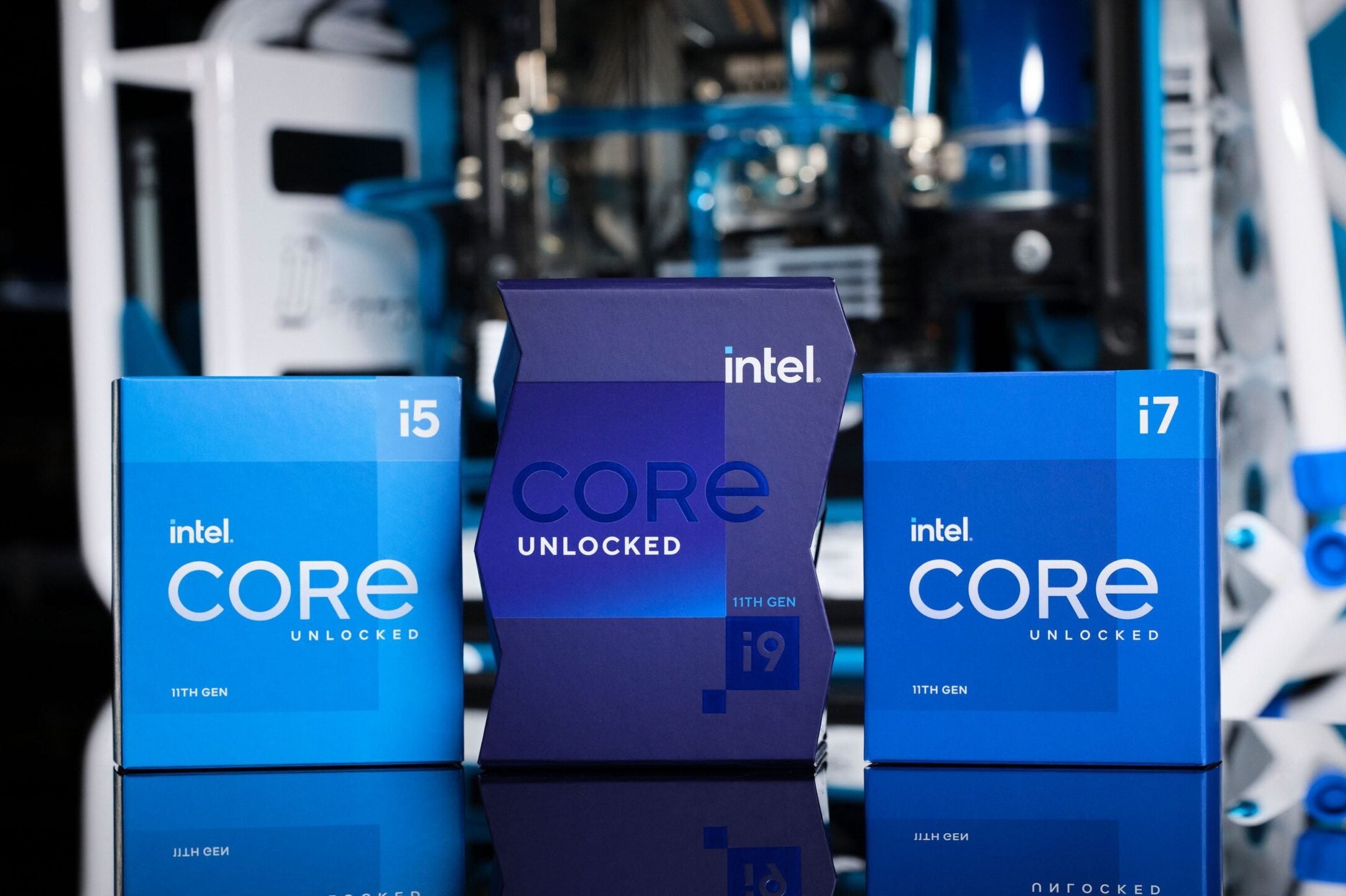
Intel revealed its new roadmap for future processors this week, with new CPU families expected to launch annually over the next 5 years.
It also revealed that it’s tweaking the naming structure for its process nodes in order to give customers “a more accurate view of process nodes across the industry.”
As such, Intel’s third-generation 10nm process will now be called Intel 7, and Intel’s 7nm technology will now be referred to as Intel 4. Such a move has clearly been done to make Intel’s processors look more in line with the competition.
While this new branding may look misleading on the surface, I can sympathise with Intel’s decision. After all, Intel chips have remained competitive with AMD processors in recent years, despite seemingly having a disadvantage due to its bigger processor nodes. As Intel explains, advances its 3D packaging technologies enable Intel to offer similar performance levels to competing chips with smaller nodes.

Pat Gelsinger, CEO of Intel, said, “These days the various naming and number schemes used across the industry, including ours, no longer refer to any specific measurement and don’t tell the full story of how to achieve the best balance of power, efficiency and performance.”
But with Intel deciding to rebrand its future processor nodes, it was a perfect opportunity to make the branding more understandable for those who aren’t necessarily fluent with computer lingo. Instead, Intel arguably made its terminology even more complicated.
For 2021 Intel plans to launch its Intel 7 process node. Following that there will be Intel 4 in 2022, which will then be succeeded by Intel 3 and Intel 20A. At first glance, there’s little or no logic to the naming.
Intel hasn’t revealed the reasoning behind these names, but on further inspection, it seems like the numbers are supposed to reflect the performance power of equivalent rival process nodes (ie Intel 7 will rival TSMC’s 7nm process).
Either way, that’s a confusing naming structure, and offers very little useful information to the end user. If Intel really wanted us to stop focusing on the size of its process node, why not come up with a completely detached terminology? Intel 1, Intel 2, Intel 3 and so on would make more sense and offer a more coherent pattern, similar to how Apple markets its M1 and rumoured M2 chips.
Intel doesn’t help things by giving all of its Intel Core generations new code names such as Tiger Lake, Rocket Lake and Alder Lake. It was especially confusing when Intel split its 10th Generation processors into Ice Lake and Comet Lake categories. I’m not sure how that can easily be explained on the shop floor of PC World.
I’m sure the likes of PC gamers and processor enthusiasts have a good understanding of all of Intel’s processor names, but I sympathise with those trying to buy a new laptop or desktop PC with just entry-level knowledge.
Most people I speak to assume that they only need to consider whether an Intel processor is an i3, i5 or an i7, which can lead them into spending big on an outdated device.
So yes, I absolutely understand why Intel has decided to rebrand its processor nodes – it makes sense to distance itself from nanometers. But Intel still needs to improve on its branding if it wants to makes its processors accessible to everyone, and not just enthusiasts.
Ctrl+Alt+Delete is our weekly computing-focussed opinion column where we delve deeper into the world of computers, laptops, components, peripherals and more. Find it on Trusted Reviews every Saturday afternoon.
The post Ctrl+Alt+Delete: Intel's new processor branding is still too confusing appeared first on Trusted Reviews.
from Trusted Reviews https://ift.tt/2V0AvFy
via IFTTT



Comments
Post a Comment